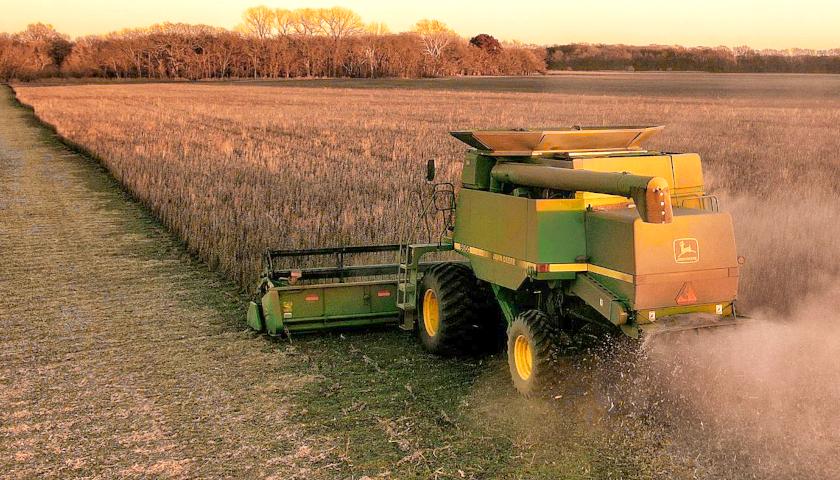by Will Kessler
Many American wheat farmers may face losses in 2024 due to a glut of foreign supply coupled with soaring equipment and labor costs amid high inflation, Reuters reported Wednesday.
 Wheat prices are near their lowest point in nearly four years as supply from the Black Sea and Europe has unexpectedly flooded the market after three years of droughts draining reserves, hitting winter wheat farmers in the Great Plains particularly hard, according to Reuters. Costs for transporting and producing American wheat have soared compared to foreign wheat suppliers, with high inflation increasing costs for farm equipment, repairs and labor for farmers.
Wheat prices are near their lowest point in nearly four years as supply from the Black Sea and Europe has unexpectedly flooded the market after three years of droughts draining reserves, hitting winter wheat farmers in the Great Plains particularly hard, according to Reuters. Costs for transporting and producing American wheat have soared compared to foreign wheat suppliers, with high inflation increasing costs for farm equipment, repairs and labor for farmers.
The global grain crop is expected to have a record yield in 2024 going into 2025, with 55 percent of the crop being in good-to-excellent condition, the highest since 2020, leading to an oversupply of the product, according to Reuters. Income for U.S. farms is expected to fall nearly $40 billion year-over-year after also shrinking in 2023 as prices fall despite high quality.
Cash prices for a bushel have typically been in a range of $5 and $5.80, but Kansas State University found that Kansas farmers would need to sell at $6.26 per bushel to break even, according to Reuters.
“It’s hard to describe how that makes me feel without seeming like an angry farmer with a pitchfork,” Chris Tanner, a farmer in Kansas, told Reuters. “It makes me feel like I’m working in vain to raise a superior product.”
Price of wheat is down about 14 to 20% since 2014, live cattle up 14-20% (depending on when in 2014).
Price of burgers on buns served at retail doubled.
Divergence between commodity and retail prices isnt explained by inflation. Look at min wage and useless ingredients. https://t.co/3x7Qk2ho4c
— Keith Weiner (@RealKeithWeiner) April 15, 2024
Farmers have resorted to mass protests in several European countries to protest cheap imports, particularly from Ukraine, and green agricultural policies that have cut profits and raised costs. Environmentalist regulations have targeted the use of certain pesticides by farmers as well as the emissions that farms produce.
Elevated inflation has continued to stress both American consumers and businesses, with prices rising 3.5 percent in March year-over-year, far higher than the Federal Reserve’s target of 2 percent. In response to high inflation, the Fed has placed its federal funds rate in a range of 5.25 percent and 5.50 percent, dramatically increasing the cost of credit and putting pressure on farmers who rely on debt to fund their purchase of critical supplies like seeds or expensive equipment like tractors.
“Farmers don’t have a choice but to plant wheat,” Ryan Ellis, a North Dakota wheat farmer, told Reuters. “Rotation dictates a lot of wheat acres. You feel like you’re being forced into seeding it, but what else will you do?”
– – –
Will Kessler is a reporter at Daily Caller News Foundation.
Photo “Wheat Combine” by Taylor Hunt.






Support our US Farmers!!!